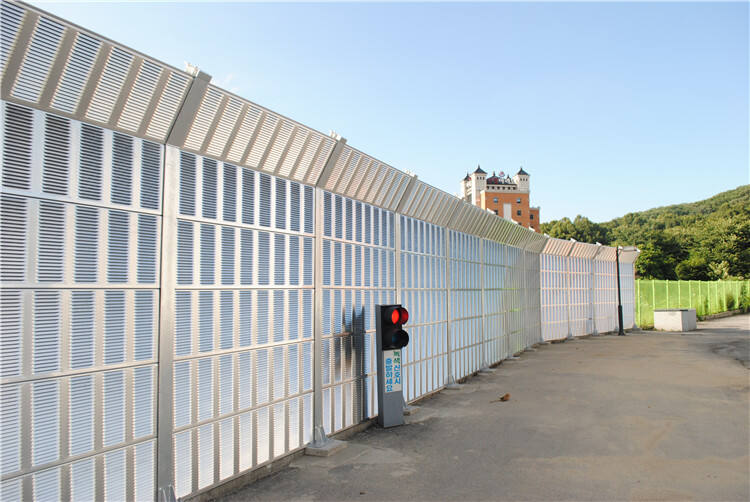How to Choose the Right Noise Barrier for High-Speed Rail Lines?
With the rapid development of high-speed railways, noise control along railway corridors has become a key concern. Since every rail line has different geographical conditions, environmental surroundings, and operational characteristics, selecting a suitable noise barrier requires a comprehensive evaluation. Below, we provide a detailed guide on how to choose the right noise barrier for high-speed rail projects.
1. Noise Reduction Requirements
The first step is to assess the noise impact level along the route.
-
Noise-sensitive areas: If the railway passes through residential communities, schools, or hospitals with frequent train operations, a fully enclosed noise barrier is recommended to achieve maximum noise reduction.
-
General areas: For sections with lower noise sensitivity, semi-enclosed or vertical barriers may be sufficient, depending on the required decibel reduction.
2. Adaptation to Geographical Environment
-
Terrain and landscape:
-
Mountain areas: Noise barriers must be durable and resistant to impact, while adapting to varying terrain.
-
Plains: Regular-shaped barriers that blend with the flat landscape are suitable.
-
Cross-sea or cross-river lines: Barriers should resist humidity and salt corrosion.
-
-
Climate conditions:
-
Windy regions: Barriers must provide strong wind resistance.
-
Rainy or snowy regions: Designs should ensure water resistance and efficient drainage to maintain performance.
-
3. Visual and Aesthetic Integration
-
Urban areas: Noise barriers should match modern architecture, with diverse colors and stylish appearances.
-
Rural areas: Barriers should harmonize with the natural landscape, using simple tones and natural materials to blend into the environment.
4. Cost and Budget Considerations
The cost of procurement, installation, and maintenance varies among barrier types:
-
Fully enclosed barriers: Excellent noise control but relatively high cost.
-
Vertical barriers: More cost-effective, suitable for sections with moderate requirements.
Decision-making should balance project budget with functional needs to select the most economical and effective option.
5. Performance Characteristics
-
Height: Barrier height directly affects noise reduction efficiency, but must comply with railway clearance standards and visual impact requirements.
-
Material:
-
Metal: Durable, corrosion-resistant, and with excellent sound insulation.
-
FRP (fiberglass reinforced plastic): Lightweight and visually appealing, though more expensive.
-
Concrete: Stable and effective in noise reduction, but plain in appearance (can be improved with decorative finishes).
-


